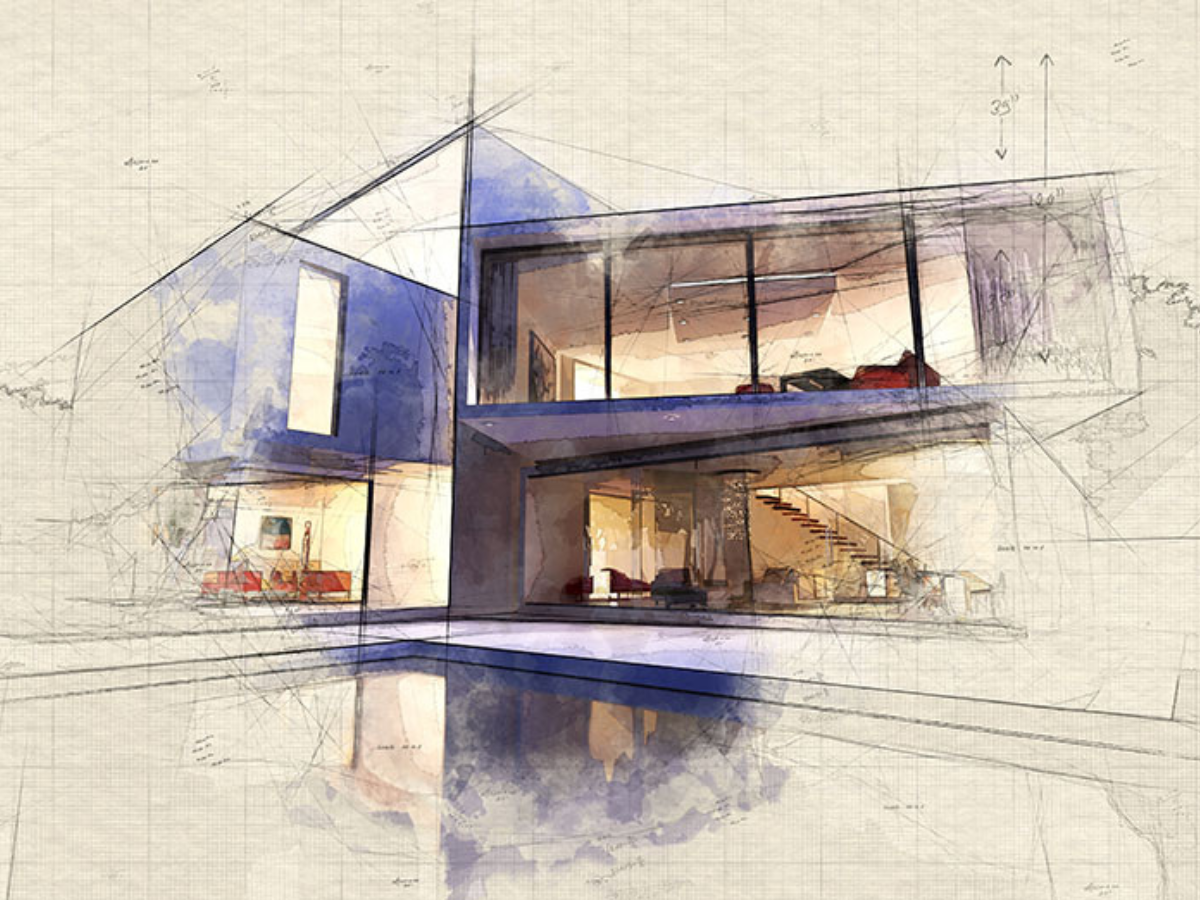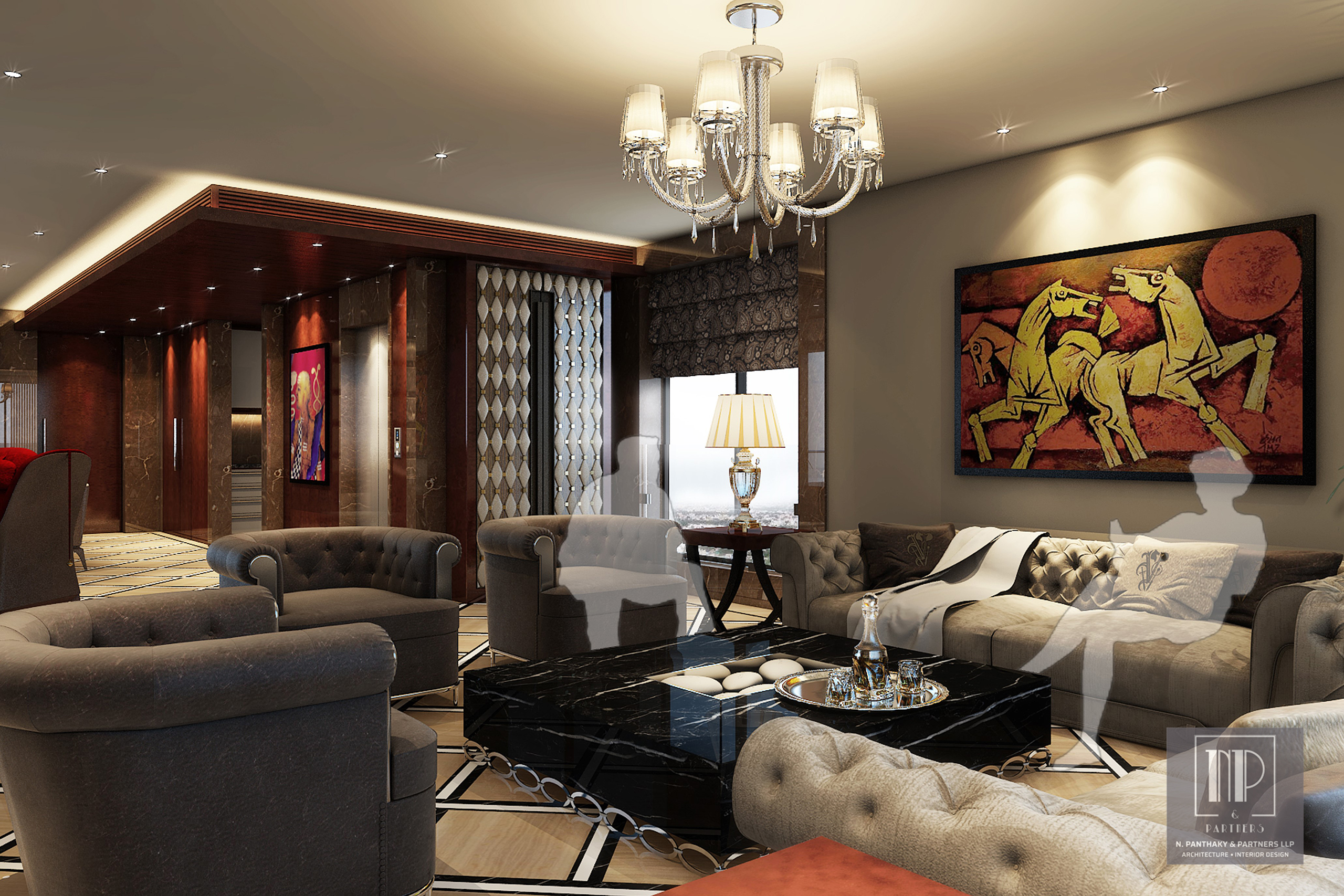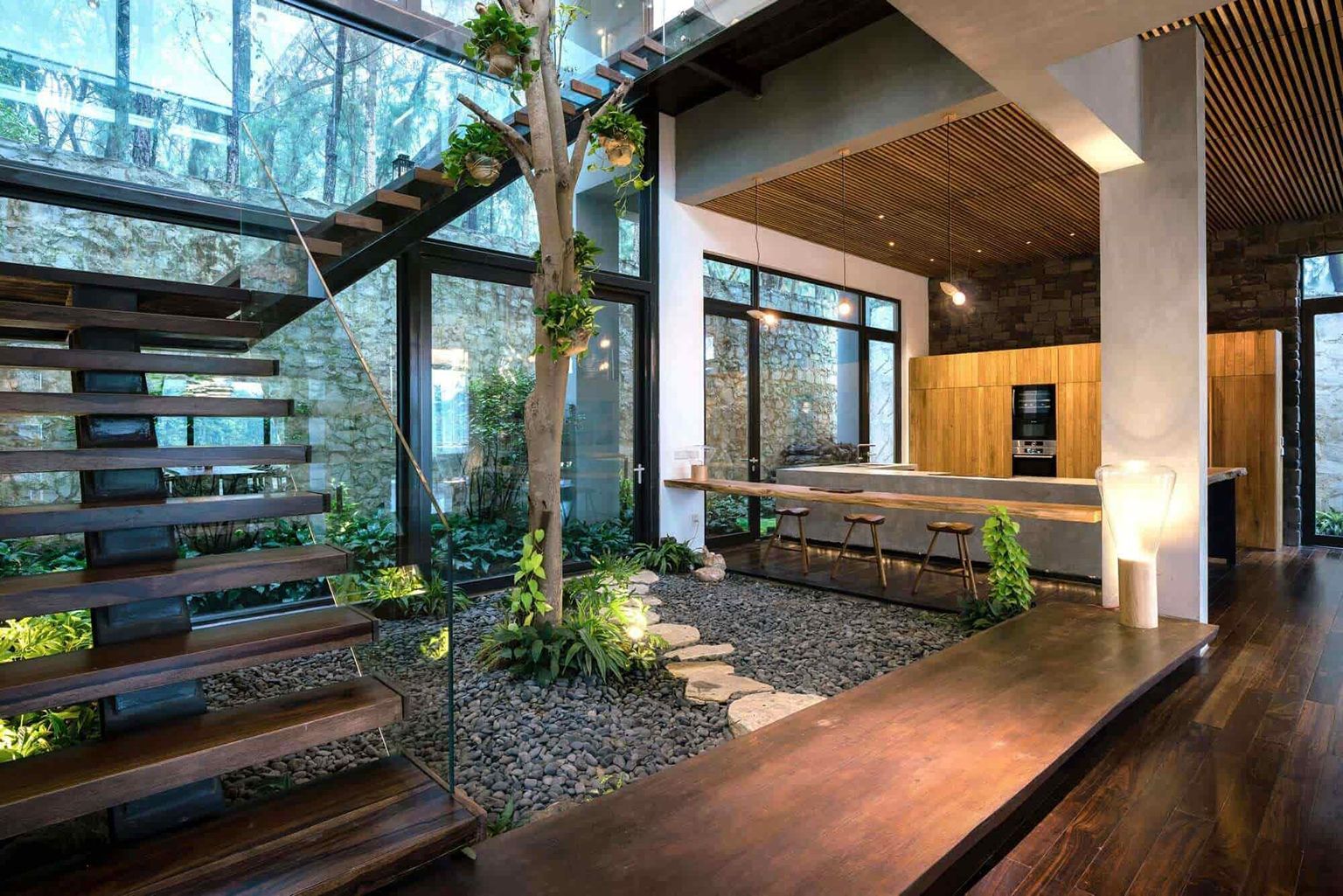
Indoor Landscaping – The Benefits, the Rules, the Types
Indoor landscaping is planning and installing plants, water features, rocks, and other natural elements to create an attractive, relaxing indoor atmosphere. It is also called plantscaping or interiorscaping. In recent years, urban development has resulted in lesser outdoor landscapes, fewer gardens, and a reduced number of trees in almost every major city of India. Thus, top Indian interior designers, building architects, and landscape architects have come together to fill the void by committing to the green spaces inside buildings. In this type of landscaping, the landscape architect plays a significant role in blending the hardscapes (concrete, bricks, and stone) with softscapes (flowers, shrubs, succulents, and trees) for people to reside in ecological buildings of the future. Today, there is a growing demand for indoor landscape architecture to create ecological urbanism for a holistic environment.
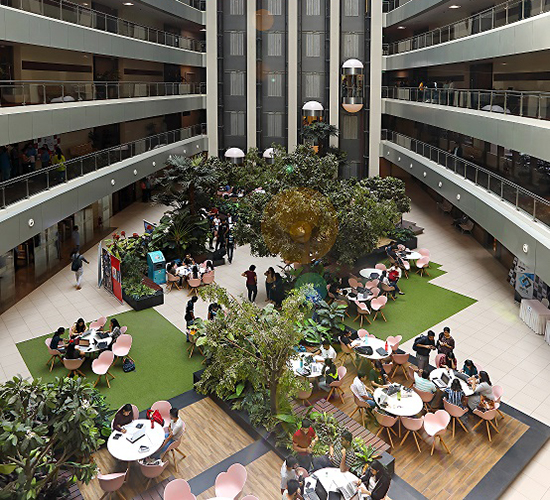
7 Benefits of indoor landscaping
Residential buildings, commercial buildings, malls, hotel lobbies, hospitals, and other built areas have indoor landscapes. Nature’s colours and textures not only add beauty but also improve our physical and emotional well-being. There are several benefits of indoor landscaping like: –
- It contributes to the overall aesthetics of the building,
- Adds value to the building,
- Softly demarcates indoor spaces,
- Removes carbon dioxide and produces oxygen-rich air,
- Cools the air,
- Reduces stress and increases productivity, and
- It improves mental and physical health.
7 elements to create the best indoor landscape?
Modern interior design includes greening. Besides space planning, furnishings, colour, and lighting, leading interior designers in India now discuss indoor landscape ideas with homeowners and commercial building owners. There are a few basic rules to follow while undertaking interior landscape projects. So, remember to include: –
1. Proportion
The area of the room and the height of the ceiling determine the size of the indoor plants. Do not forget, overly large plants can overwhelm a space, while tiny plants can appear insignificant.
2. Shape
There are mainly three types of plant shapes Thrillers (tall plants), Fillers (round, mounding plants), and Spillers (plants that hang over the side). While grouping, one must consider these shapes to fill the indoor space.
3. Texture
Is the plant surface smooth, coarse, or spiky? Are the leaves thick or flat? The right mix of texture provides either blending in or a contrast. Different foliage texture types create different looks.
4. Colour
Horticulturists use warm and cool colour combinations to get different visual impacts in the landscape. The colour of the foliage and landscape flowers can pull a landscape together.
5. Placement
The placement of the plant allows it to grow, remain stable, and look beautiful. An indoor landscape professional finds the right place depending on the characteristics of the plant.
6. Definition
Interior designers use plants to create focal points or symmetry in a room. The plant can draw attention to an object or bring balance to space.
7. Price and Practicality
There is an initial price, a maintenance price, and the lifespan of indoor plants to consider before investing in them.
7 Types of indoor landscaping
Now that you know the advantages of indoor landscaping and the rules to create the best indoor landscapes, here are the common indoor landscape types used in India.
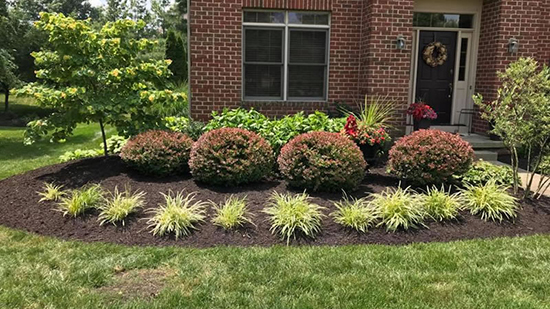
1. Green Garden (Softscaping)
Green gardens, indoor gardens, or softscaping means green plantations displayed indoors in a small, contained space within a well-lit area. Softscaping includes flowers, plants, shrubs, trees, and flower beds planted in movable containers. This style is suitable for courtyards, transition spaces of a building, and room dividers. Since green gardens require weed/nuisance management, grading, planting, trimming, aerating, spraying, they are high maintenance.
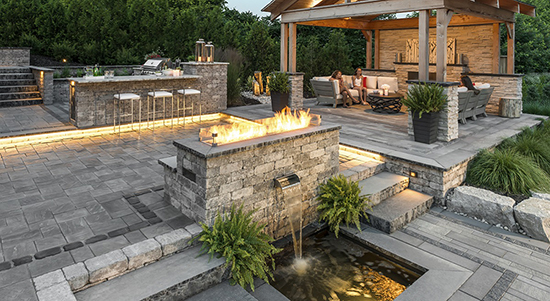
2. Stone Landscaping (Stonescaping)
A landscape with rocks or stone gardens and stone landscaping combines stone with plants to structure space and form an attractive natural environment. This type of indoor landscaping is ideal for entrance lobbies, courtyards, meditation zones, or any place where it can connect with the external environment. Because of its anti-weather properties, it is a low-maintenance alternative to green gardens.
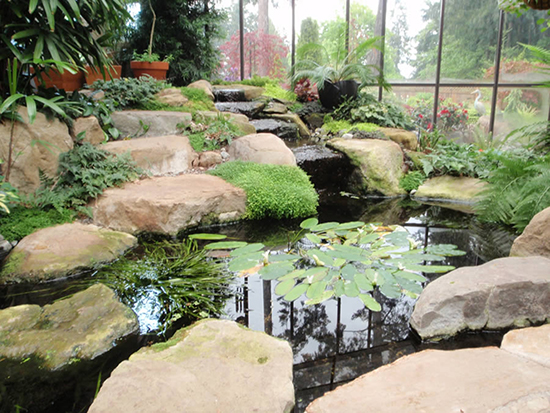
3. Water Landscaping (Waterscaping)
Water landscaping produces a feeling of calmness. It includes fountains, ponds, streams, or miniature waterfalls constructed in lobbies, restaurants, meditation centres, and passages. A horticulturist takes care to select plants adapted to pools and ponds.
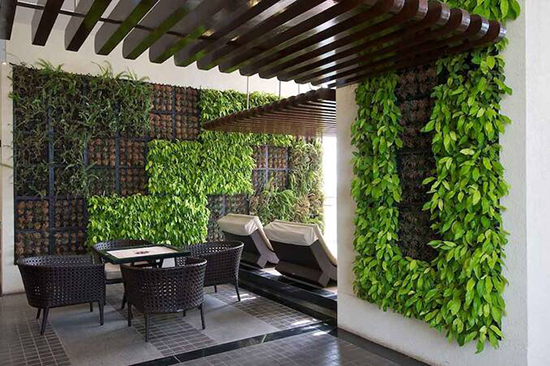
4. Living Green Walls (Vertical gardens)
Living green walls are also called vertical gardens, green walls, living walls, or eco walls. They are green installations grown vertically using hydroponics or drip irrigation. They have become an integral part of modern indoor landscaping, contributing to the building’s LEED (Leadership in Environmental Energy and Design) standards.
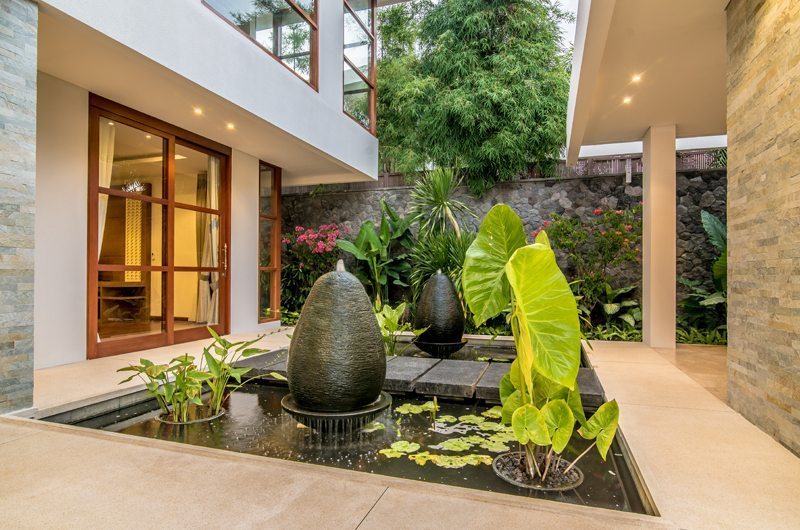
5. Floating Indoor Landscaping
Floating indoor landscaping has water, a sub-layer to host the plants, and a top layer of edible and aesthetic flora and fauna. While water plants like lilies and lotus are a visual delight, these floating gardens also serve as the habitat for fish, frogs, and turtles.
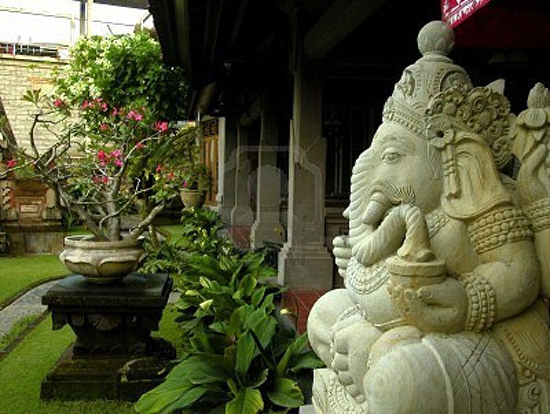
6. Holy Scape
In India, there are certain plants considered holy. Holy scapes are designed by installing a statue of the God/Goddess/scriptures and surrounding it with plants like basil (Tulsi), star jasmine (Kunda), Indian magnolia (Champa), and lotus.
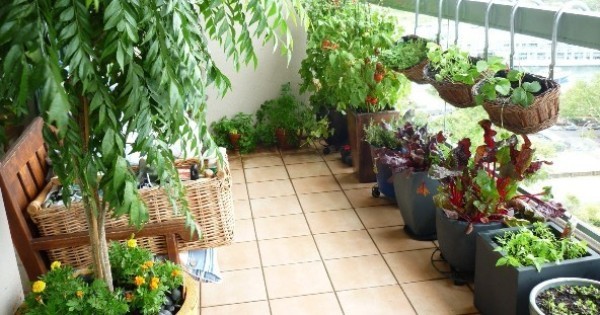
7. Horticulture or micro-farming
It is almost similar to the green gardens, except the plants are harvested for further use. It is perfect for indoor plants like tomatoes, spinach, herbs as well as some flowering plants.
Conclusion
With 15% of the Indian population residing in cities, the indoor landscape segment requires urgent responsiveness. Landscape architects like Professional Landscape Designs and Kishore D. Pradhan have proven expertise in indoor landscaping. It is only a matter of time before these best landscaping companies in India can convert concrete jungles into sustainable work and living spaces.




